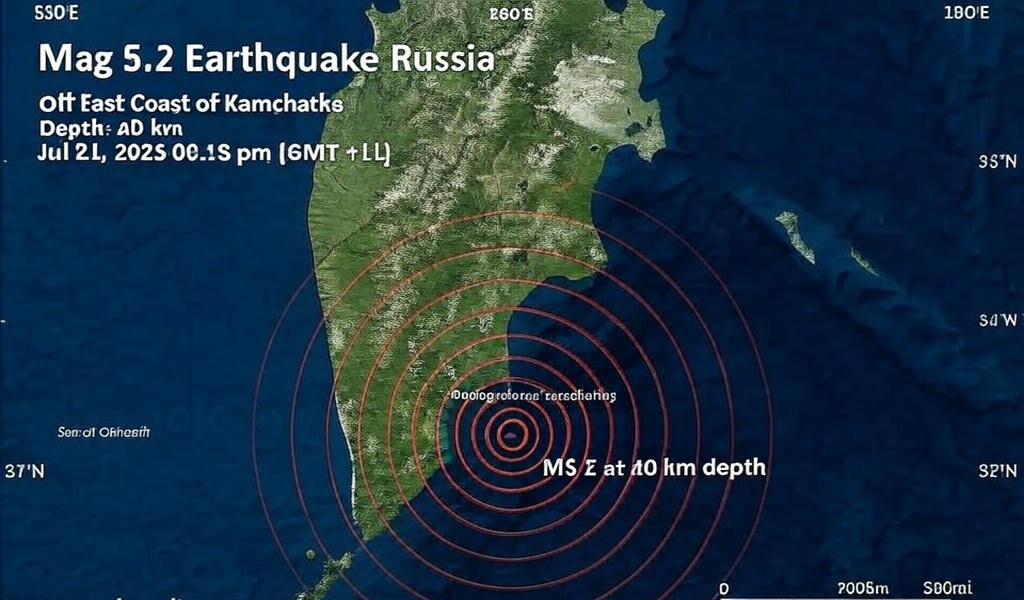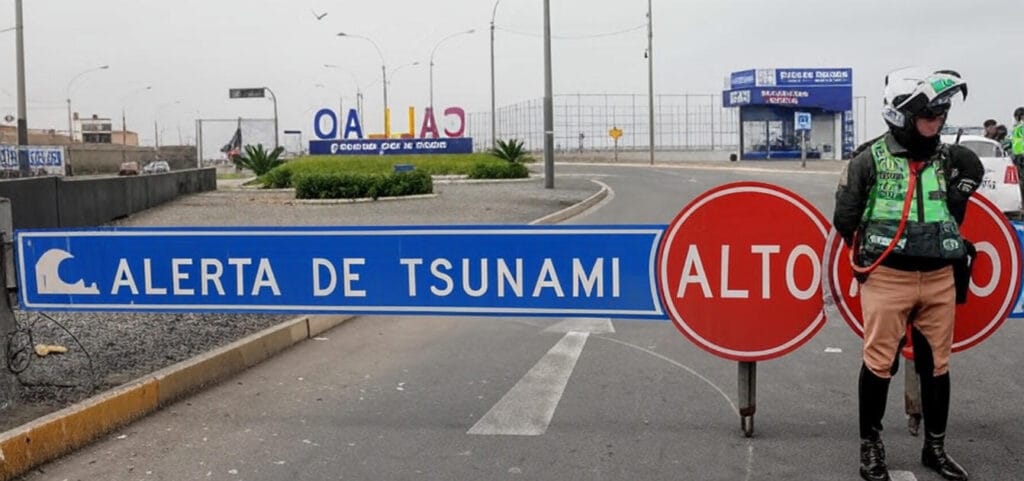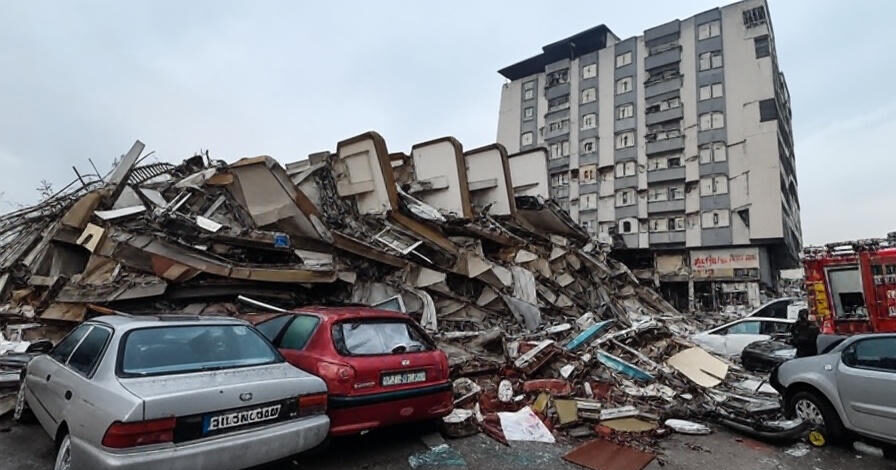
On July 30, 2025, two significant natural phenomena—an 8.8-magnitude earthquake off Russia’s Kamchatka Peninsula and the close flyby of asteroid 2025 OL1—underscored Earth’s vulnerability to terrestrial and cosmic hazards. These events, occurring within hours of each other, captured global attention and exposed critical deficiencies in disaster prediction and preparedness. This analysis examines the incidents, their impacts, and the urgent need for enhanced global resilience to mitigate such risks effectively.
Earthquake Triggers Regional Tsunami Alerts

At 02:47 AM local time on July 30, an 8.8-magnitude earthquake struck 100 kilometers off Russia’s Kamchatka Peninsula, a seismically active region within the Pacific Ring of Fire. Originating 96 kilometers beneath the ocean floor, the quake prompted immediate tsunami warnings across multiple nations, including Russia, Japan, Hawaii, Alaska, California, Oregon, Peru, and Chile. The Pacific Tsunami Warning Center projected potential wave heights of up to 3 meters, leading to swift coastal evacuation measures. In Kamchatka, authorities reported minor structural damage to infrastructure, with no immediate fatalities, and successfully relocated thousands of residents to higher ground to ensure safety.
Tsunami Response and Forecasting Limitations
Emergency response systems were rapidly activated across the Pacific. Hawaii implemented coastal evacuation protocols, while California and Oregon deployed monitoring teams to assess wave activity. Peru and Chile, regions with recent seismic histories, heightened alert statuses to protect vulnerable populations. Ultimately, tsunami impacts were less severe than anticipated, with Japan recording waves of approximately 1 meter and Hawaii experiencing negligible flooding. However, the event highlighted persistent challenges in tsunami forecasting, as complex variables such as ocean floor topography and fault dynamics hinder precise predictions. This underscores the need for advanced global monitoring networks and comprehensive public preparedness initiatives to enhance response capabilities.
Asteroid 2025 OL1 Close Approach

Concurrently, at 23:32 UTC on July 30, asteroid 2025 OL1, a 46-meter-wide near-Earth object (NEO), passed Earth at a distance of 1.93 million kilometers, traveling at 27,200 kilometers per hour. Classified as a potentially hazardous asteroid due to its size and orbital proximity, it posed no immediate collision risk. Discovered in early 2025 by NASA’s Near-Earth Object Observations Program, the flyby enabled radar imaging at the Goldstone Deep Space Communications Complex, revealing the asteroid’s elongated, rocky structure. These observations contribute to refining orbital prediction models, which are critical for developing planetary defense strategies. The event sparked widespread public interest, amplified by social media discussions on Earth’s vulnerability to cosmic impacts.
Scientific and Policy Implications
The near-simultaneous occurrence of these events emphasizes Earth’s exposure to diverse natural hazards. The Kamchatka earthquake highlights the urgent need for improved tsunami modeling and international disaster coordination to enhance early warning systems. Similarly, the asteroid flyby underscores the importance of sustained investment in NEO surveillance, building on milestones like the 2022 Double Asteroid Redirection Test (DART) mission, which demonstrated asteroid deflection capabilities. Robust early warning systems, public education campaigns, and cross-border collaboration are essential to mitigate these risks. Policymakers must prioritize funding for resilient infrastructure and advanced research to address these multifaceted challenges effectively.
Strategies for Global Resilience
The events of July 30, 2025, serve as a critical call to action for the global community. Upgrading tsunami detection networks and refining NEO tracking technologies are imperative to improve predictive accuracy. Public awareness campaigns must be expanded to ensure communities are well-equipped for rapid response to both terrestrial and cosmic threats. International partnerships are vital for sharing data, resources, and expertise to strengthen global disaster response frameworks. By investing in cutting-edge scientific research and resilient infrastructure, nations can enhance their capacity to navigate Earth’s dynamic geological and cosmic environment, fostering a safer and more sustainable future for all.





